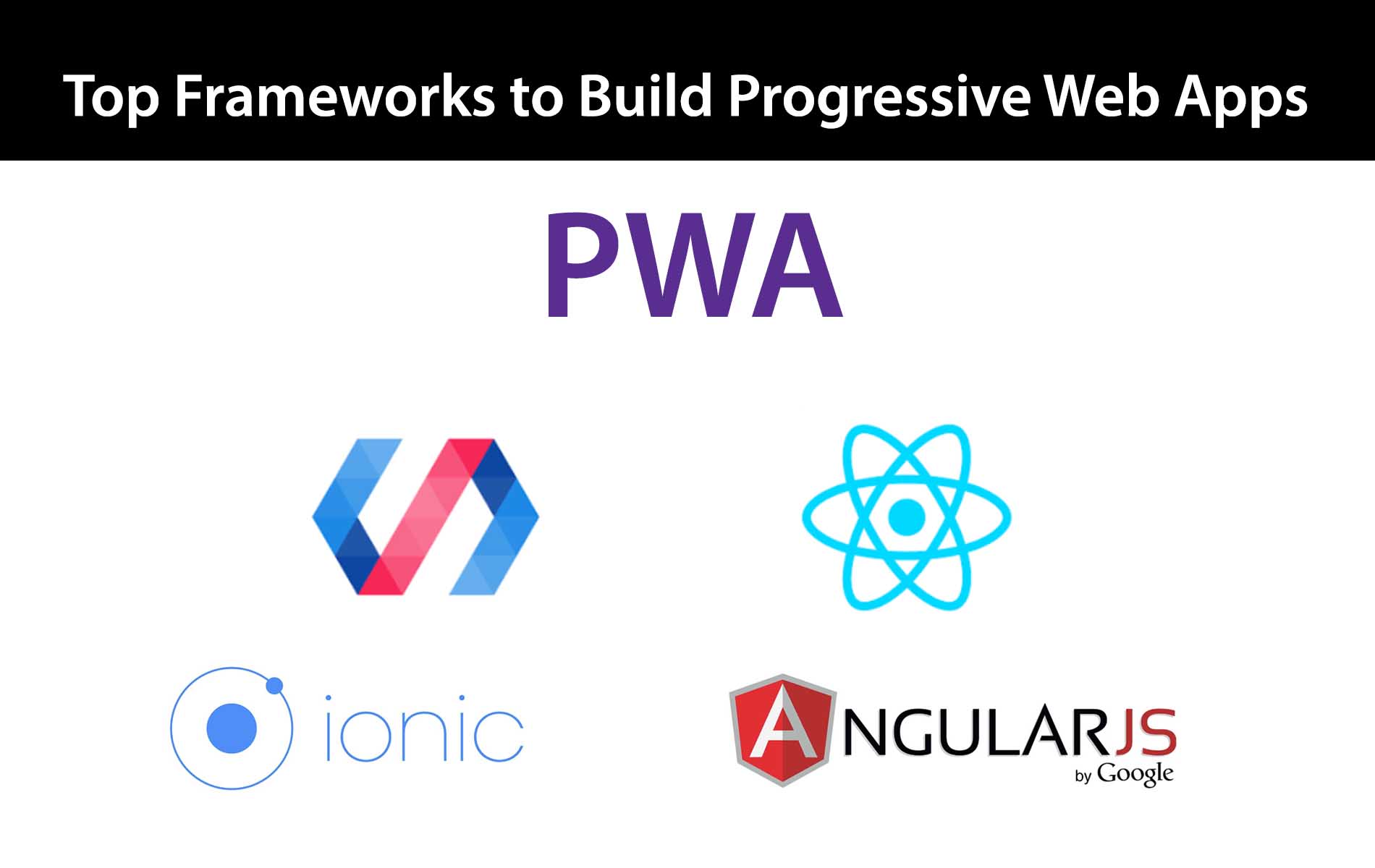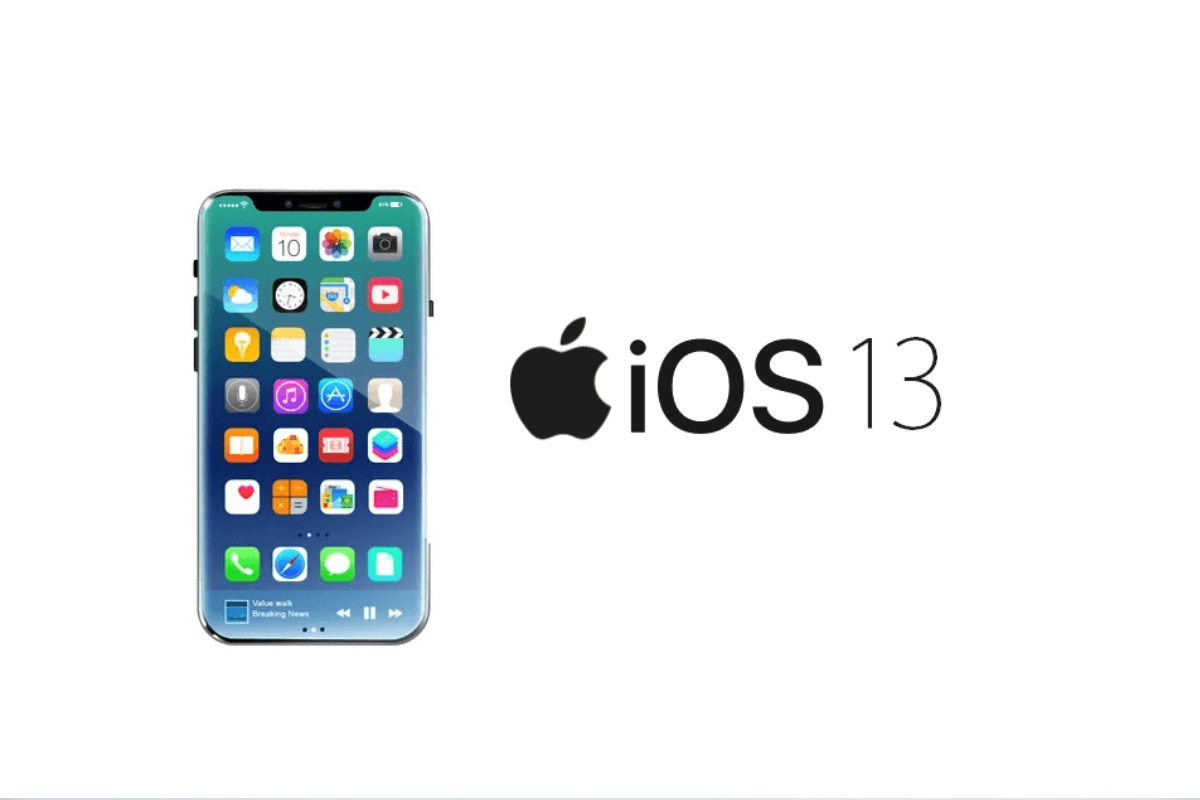Top Frameworks to Build Progressive Web Apps (PWA)
Progressive Web Apps (PWA) is web app that is developed using web technology that enables to take advantage of both web and native app features. Unlike traditional applications, progressive web apps are a hybrid of regular web pages (or websites) and a mobile application.
PWA is ideal choice for organizations that need to provide solutions for mobile and want it to work on phone browser having the capability of native apps or provide similar experience that can be provided by native apps. It provides huge advantage over development, cost and time to market as with Native app solutions, you need to engage resource for mobile skill set however in case of PWA, you can utilize resource have web technologies. Adding on, it does also provide huge benefit over cost as PWA support across different devices.
Now since we know what is PWA and its advantage let’s look into the Top Frameworks available for us to build PWA solutions.
AngularJS

AngularJS is a JavaScript based open source front end web framework mainly maintained and owned by Google. It aims to simplify the challenges encountered in developing single-page applications. It is also an open source Model-View-Controller framework. Since it has huge community forum, the framework is always kept up to date also it always incorporates the latest development trends in market.
With the advancement and updates to service worker component, Angular has now have build in capabilities and updates that enable to build PWA solutions. Service worker is basically the core of providing for PWA as it provides the offline capability, push notification. It acts as a liaison between the browser and the network. The recent release, Angular 6, comes with two additional CLI commands, which simplifies the process of downloading and installing a web app on a device.
Key Features of using AngularJS for PWA
- Large community and extensive support as Google maintain it
- Clearly defined methodology for implementation
- MVC framework
- Newer versions have a smaller learning curve due to CLI
- Comes with Typescript and IntelliSense
React

React is a JavaScript library for building user interfaces. It is maintained by Facebook and a community of individual developers and companies. React can be used as a base in the development of single-page or mobile applications, as it is optimal for fetching rapidly changing data that needs to be recorded
Key features of using React for PWA
- Huge community the adds updates / fixes and release on regular basis
- High Degree of flexibility and scalability
- Code sharing between Web and Native Apps
- Speed in rendering objects on browser
Ionic

Introduced in 2013 as an open-source SDK, Ionic, which is based on the Angular framework and Apache Cordova, has been used for developing over 5 million hybrid apps. It has a library of components for both iOS and Android. Ionic allows developers to create web pages that run inside the browser of a device using WebView, which essentially renders web pages so that they resemble a native app.
Key features of using IONIC for PWA
- Free open source platform
- Anyone familiar with web technology can learn and start developing
- Easy maintenance
- Larger community of active users
Polymer

The Polymer App Toolbox is a collection of web components, tools and templates for building Progressive Web Apps. The App Toolbox includes components for layout, routing, localization and storage. It also offers a very handy command line tool which we can use to scaffold, serve and build our app, among other things.
Key features of using Polymer for PWA
- Architect a component-based web app using Polymer and Web Components.
- Build the responsive layout using the app-layout components.
- Set up the routes using app-route.
- Configure the manifest.json.
- Deploy service workers for offline caching.
- Build the app bundle for production with the Polymer CLI.
Hope you liked the article and please do subscribe to receive such articles posted on Digital TechJoint and click here to subscribe to our YouTube channel.
Thanks for Visiting Digital TechJoint !!!!


